Standing Tall Isn’t Always The Best Way To Shoot Nature and Wildlife
This nature and wildlife filming tip is actually a supplement to my Ten Tips for filming nature and wildlife eBook. But after watching the video again, I thought it was such an important point that I wanted to put it here for anyone who may not have seen it from the eBook link.
Have you ever had someone show you snapshots of their kids? More often than not the photographs were taken from the parents eye level so the child appears to have a huge head and a teeny, tiny body.
Well, I see the same thing happening with nature and wildlife filmmaking. Too often filmmakers see something at their eye level, plop down the tripod and shoot. Sure, they may get a great shot, but they could be missing something even better if they took the time to take the camera off the tripod and compose their shot before they hit the record button.
Go to about any popular tourist destination and you see photographers and filmmakers both standing straight up filming flat-footed with their tripod set to eye level. For some things. it may be great but I bet they could often find a better composition if they looked around before they decided that “this is the shot.”
It’s really pretty easy to make sure you’re getting the best composition using this tip. Simply take the camera, and move around, looking through the camera’s viewfinder or on the LCD screen until you find the best possible composition. Once you’ve found the composition you like best, adjust your tripod to match the height of your new composition, attach the camera, make any minor adjustments and then hit the record button. That’s it.
By taking just a minute to see if there could be an alternative and possibly better composition this way you’re sure not to miss out on a fantastic shot. Course, I guess if you never saw the composition to begin with then you couldn’t kick yourself for not seeing it now could you? 🙂
If you’ve watched the video from the link in the Ten No Cost Tips That Will Improve Your Nature and Wildlife Video Today, this is the same video. I apologize if you watched it again thinking it was something new. But I felt this was important enough that everyone should see it whether they downloaded the tip eBook or not.
So let me know what you think. Do you already do this or is this something you’ve never thought of doing before?
Your tripod has adjustable legs for a reason and not just so you can throw it in the backseat of your car either! 🙂
And as always, shoot the ordinary and make it extraordinary!


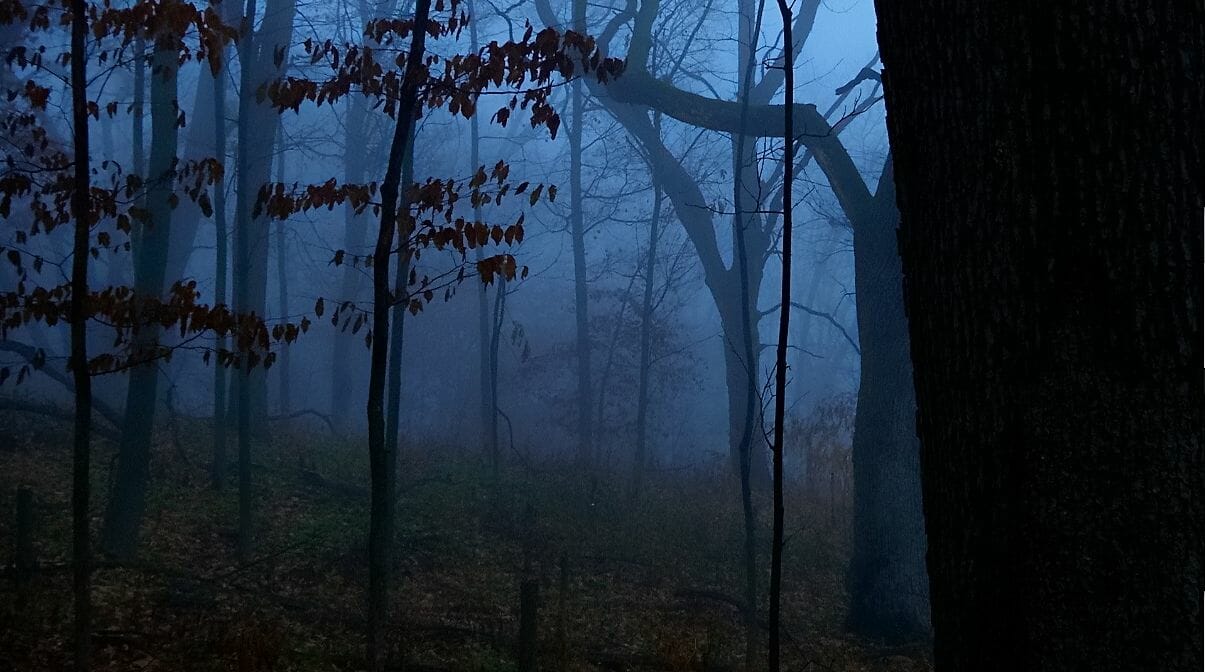

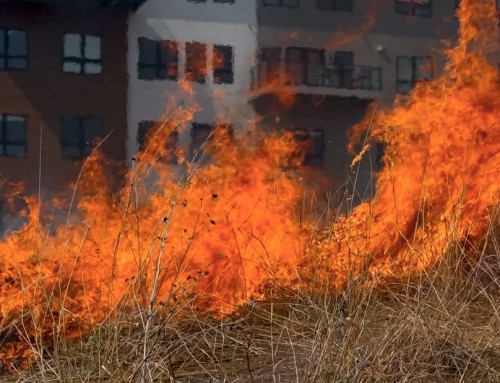
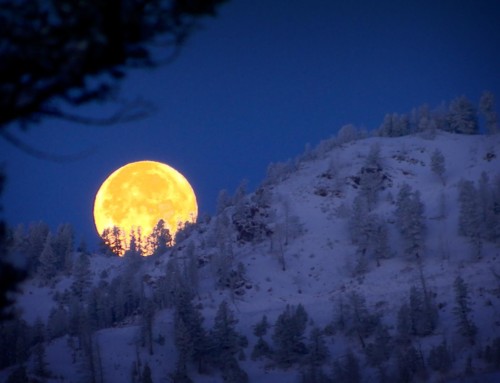
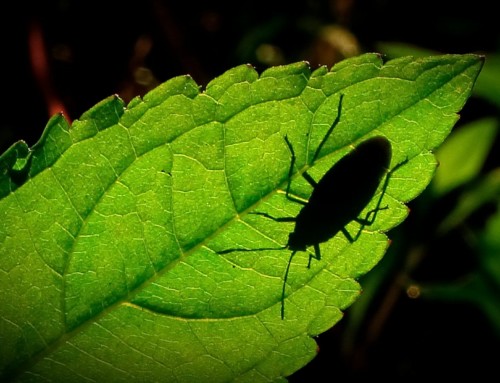
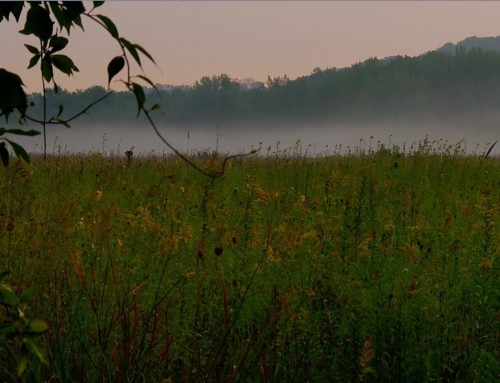
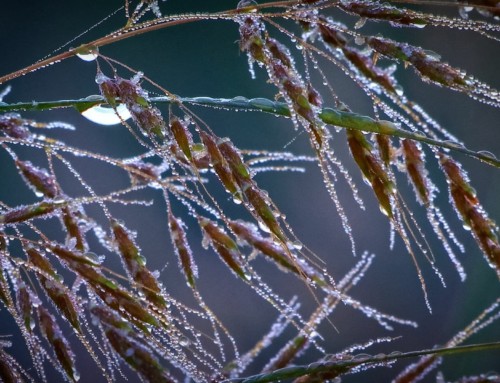
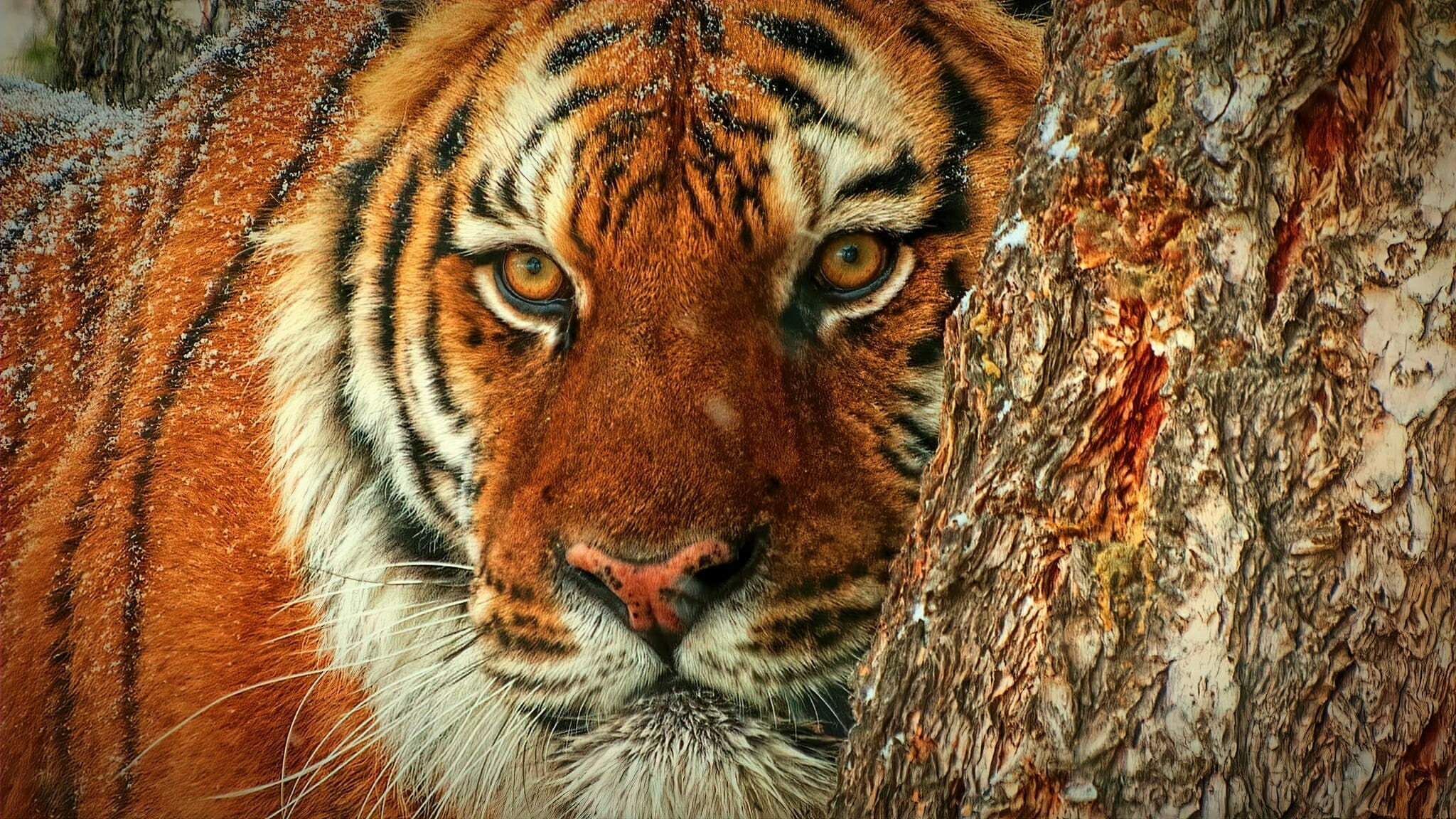
Kevin,
I like this tip….I will be working on this idea every time I go out with my camera….I’ve always used a tripod….but to often
from maximum height. Also like your White Balance setting….I’ve set
white balance on stills…even though you can correct in post when shooting raw. But now I’ll be trying with a video camera….and I see
your photography with setting the white balance seems to saturate the colors a little more.
Larry,
Glad you found the tip useful. I use to just plop the tripod down and that was my shooting angle. It wasn’t until I stepped away from the tripod and discovered just a small move and a different height could make a wold of difference in the shot. So now I’m in the habit of looking for the shot first, then adjusting the tripod to match that angle. I think it’s given me much better shots than just looking at everything from eye level.
Modern NLE’s can do great things with video but I’m a firm believer in getting it like I I want it in camera than trying to take the time and fix it in post.
Unless you’re shooting for someone else who wants a flat image so they can color grade it how they want it to look, I always try to get the look I want before I hit the record button.
My camera certainly shifts the color towards the green side of things on the 5.6k preset. Manually white balancing shifts it away from the green and I purposely have my camera set to punch up the colors more so I guess by shifting away from the green it makes it look like the colors are a bit more rich. Could just be that my subjects are more browns and earth tones so going more towards the red end of things with a manual white balance makes them look more saturated.